Boxing is a lot of white men watching two black men beat each other up
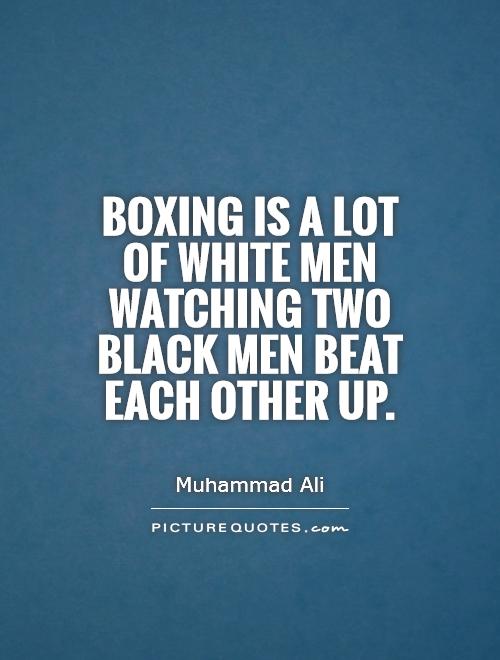
Boxing is a lot of white men watching two black men beat each other up
The statement "Boxing is a lot of white men watching two black men beat each other up" is a complex and controversial one, especially when considering the career and impact of Muhammad Ali. Ali, born Cassius Clay, was one of the most iconic and influential figures in the history of boxing. He was not only a talented and skilled athlete, but also a powerful and outspoken advocate for civil rights and social justice.Throughout his career, Ali faced racism and discrimination both inside and outside of the boxing ring. As a black man in a predominantly white sport, he was often met with hostility and prejudice from fans, opponents, and the media. Despite this, Ali remained confident, defiant, and unapologetically proud of his identity and heritage. He famously declared, "I am the greatest," and backed up his words with his incredible talent and success in the ring.
Ali's fights were not just about two men beating each other up for the entertainment of white spectators. They were about challenging stereotypes, breaking down barriers, and fighting for equality and justice. Ali used his platform as a world-renowned athlete to speak out against racism, war, and injustice. He refused to be drafted into the Vietnam War, citing his religious beliefs and opposition to the war, even at great personal cost.
Ali's fights were also about skill, strategy, and athleticism. He revolutionized the sport of boxing with his unique style, speed, and agility. His famous "rope-a-dope" technique, where he would lean back against the ropes and absorb his opponent's punches before launching a counterattack, became legendary. Ali's fights were masterpieces of physical and mental prowess, showcasing his intelligence, wit, and charisma both inside and outside of the ring.
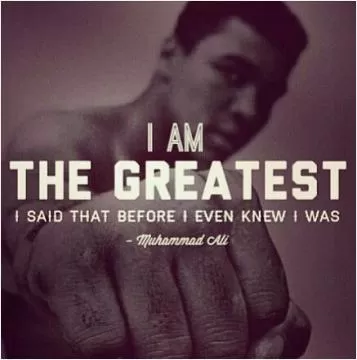
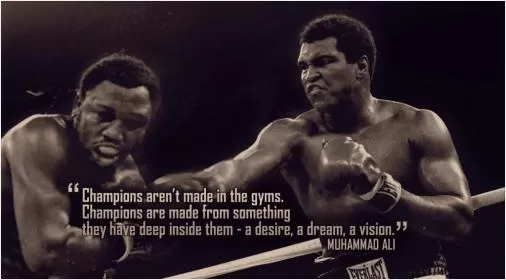
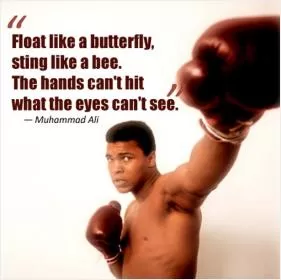
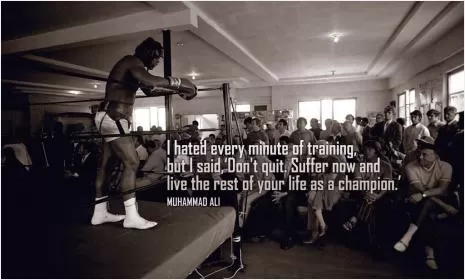
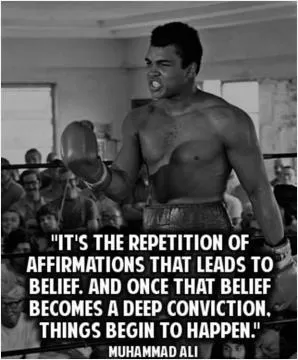
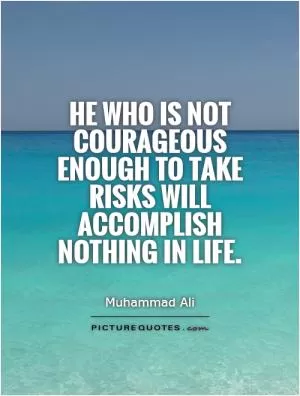
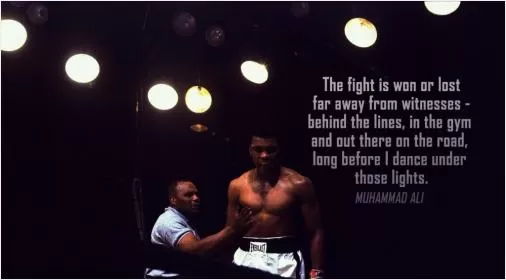
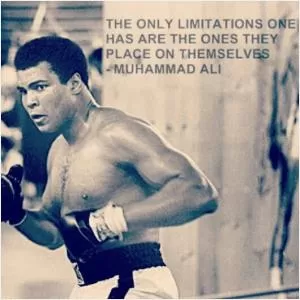
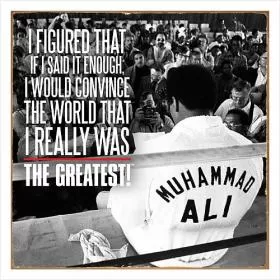

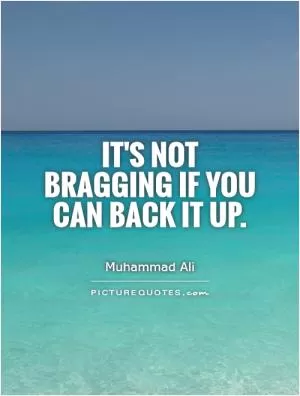
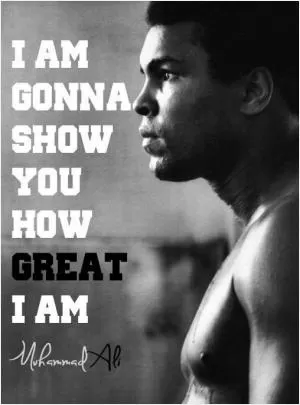
 Friendship Quotes
Friendship Quotes Love Quotes
Love Quotes Life Quotes
Life Quotes Funny Quotes
Funny Quotes Motivational Quotes
Motivational Quotes Inspirational Quotes
Inspirational Quotes